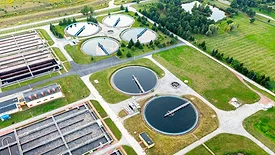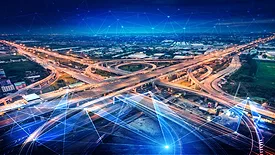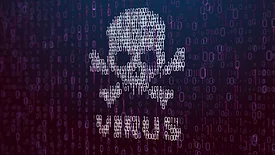Home » critical infrastructure
Articles Tagged with ''critical infrastructure''
Integrated Solutions
Protecting our ports
A critical infrastructure, ports, post unique security challenges and require a holistic approach to security, access and risk mitigation.
January 10, 2022
Sign-up to receive top management & result-driven techniques in the industry.
Join over 20,000+ industry leaders who receive our premium content.
SIGN UP TODAY!Copyright ©2025. All Rights Reserved BNP Media.
Design, CMS, Hosting & Web Development :: ePublishing



.webp?height=168&t=1642454744&width=275)








